From Brandy Makers to Boutique Hospitality:
The History of Neustaedtische Kirchstraße 3
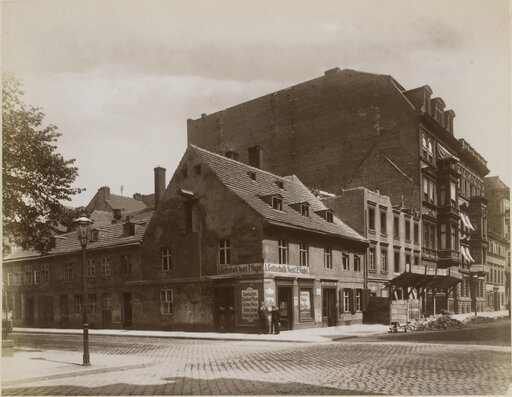
Neustaedtische Kirchstrasse 3
1886 - 1892
The corner building at Neustaedtische Kirchstrasse 3 / Mittelstrasse 41-42, located on Neustaedtischer Kirchplatz in Berlin-Mitte, was built in 1880. The street was named after the Dorotheenstädtische Kirche, also called Neustaedtische Kirche. It was laid out in 1678 and initially called Kirchstraße, while the northern part was nicknamed “Modderloch” (“mud hole”).
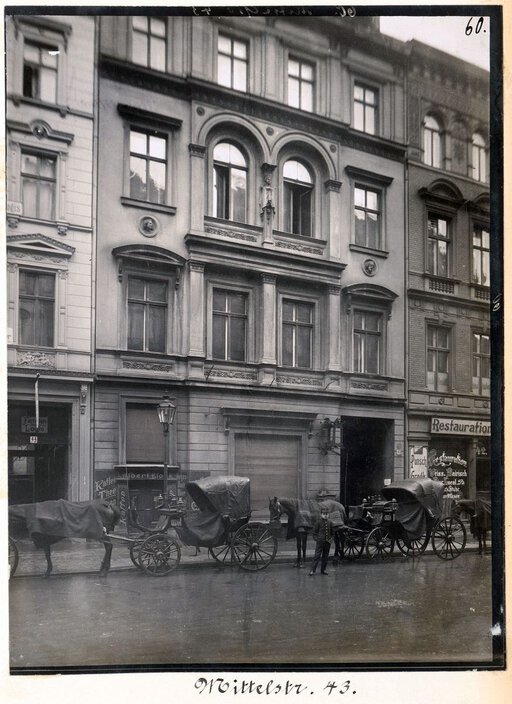
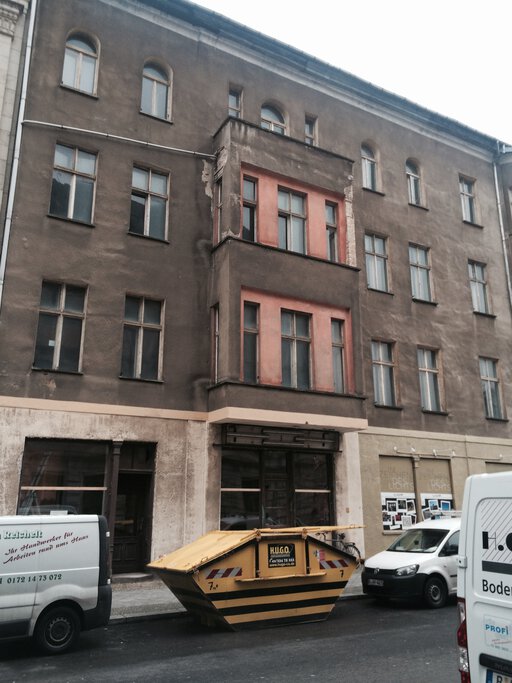
Mittelstrasse 42
1799 - 2013
In 1799, the house at Mittelstrasse 42 was only two storeys high and was owned and inhabited by brandy distiller George Lemm. In 1874, banker Emanuel Lohnstein became the owner of the property at Mittelstrasse 42, the neighbouring plot No. 41, and, from 1882, the adjacent property at Neustaedtische Kirchstrasse 3.
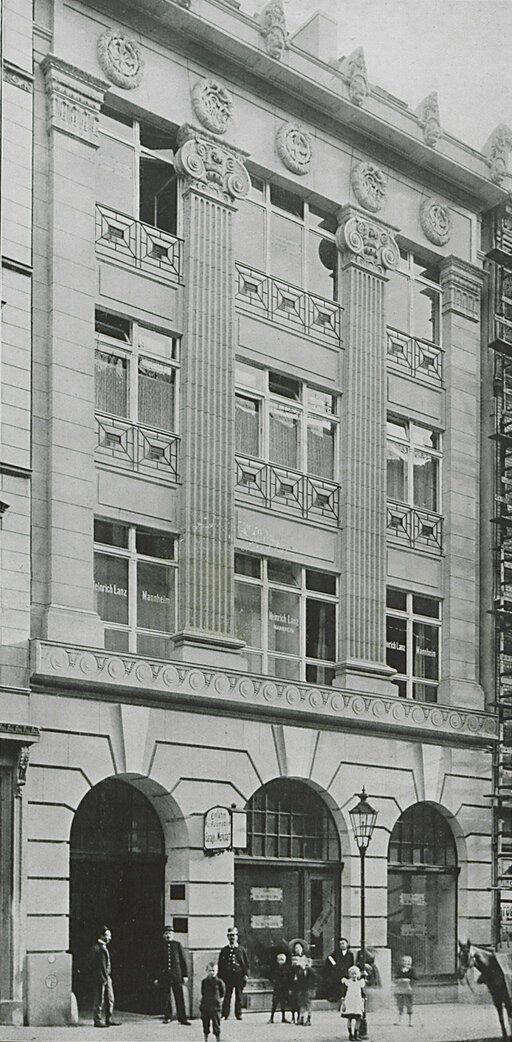
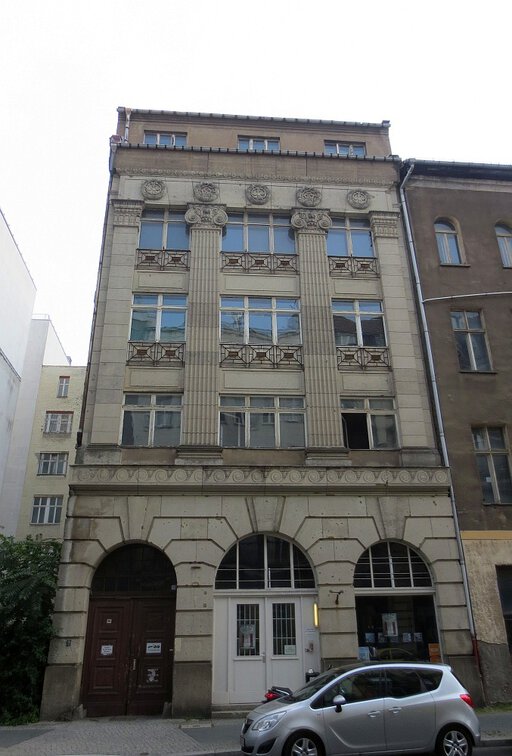
Mittelstrasse 43
1908 - 2013
In 1880, Commercial Councillor Lohnstein, owner of a “banking, commission, and forwarding business", had the old houses on Mittelstrasse demolished and replaced with a new building. By 1883, it housed twelve tenants, including the Berlin Brokers’ Association, which, in 1881, was among the first Berlin telephone subscribers with the number 8. The building also hosted three banks and once again a distiller. One of the banks belonged to Adolph Thiem, a stockbroker and one of the most important art collectors of the 19th century.
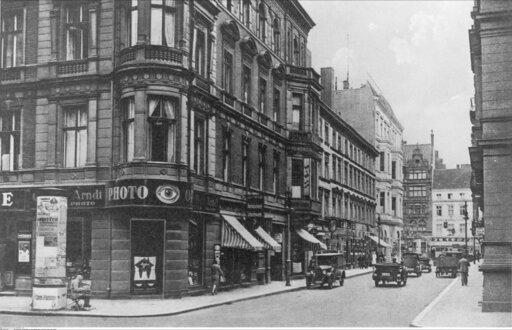
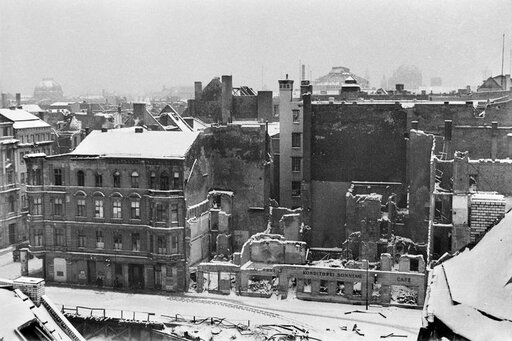
Pre- and Post-World-War II
1936 - 1945
The four-storey building survived the Second World War and, after losing all decorative stucco, remained standing with a plain rendered façade.
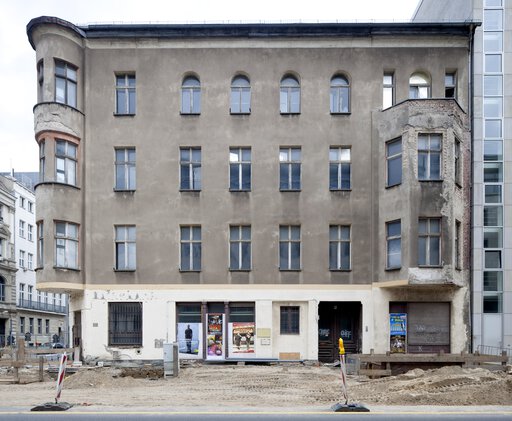
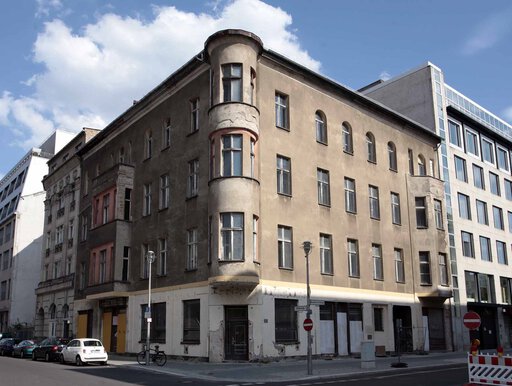
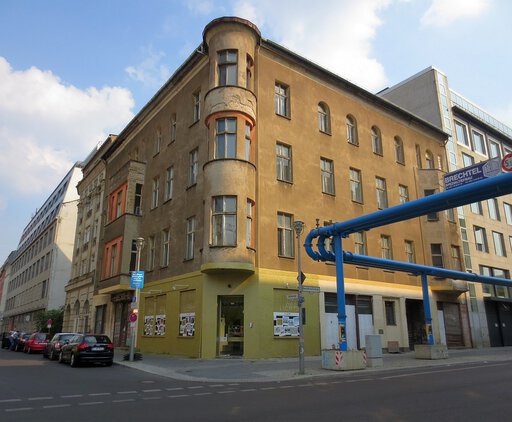
GDR Era and after the Fall of the Wall
1977 - 2013
After the war, the building housed “Riechel’s Drogerie,” a handicraft shop, and, briefly, the “Mittelklause” tavern. From 1965 to 1990, it was home to the East Berlin municipal tourism agency “Berlin Information” and the editorial office of "Wohin in Berlin".
Between 1977 and 1989, it is believed that the Ministry for State Security (Stasi) of the GDR operated a surveillance station here to monitor the U.S. Embassy to the GDR, located directly across the street. Following the political upheaval of 1989/90, the building stood empty for 24 years, occasionally used for pop-up events and as a film set.
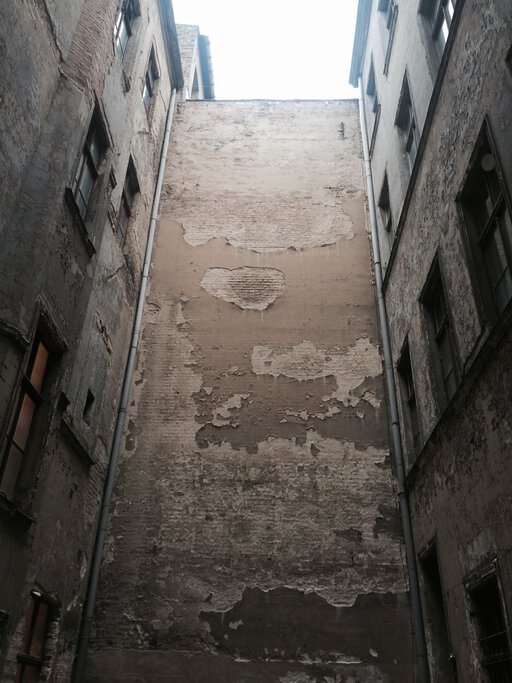
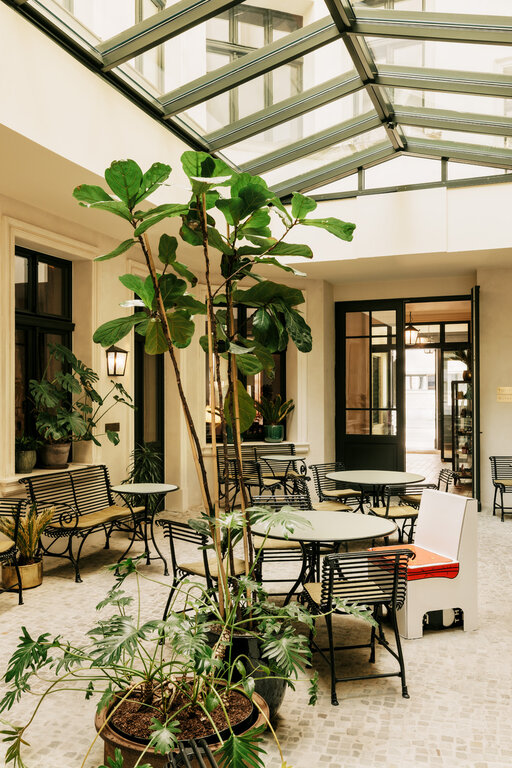
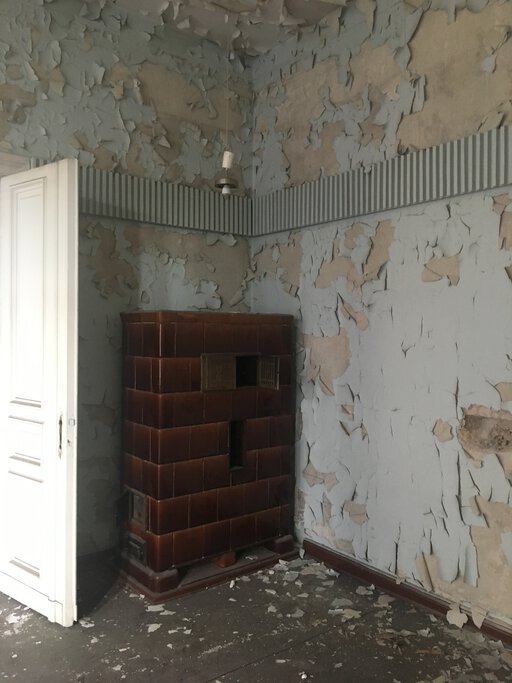
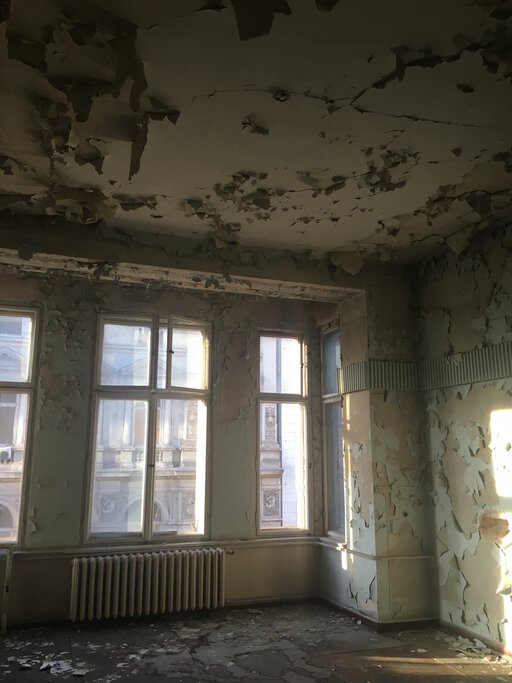
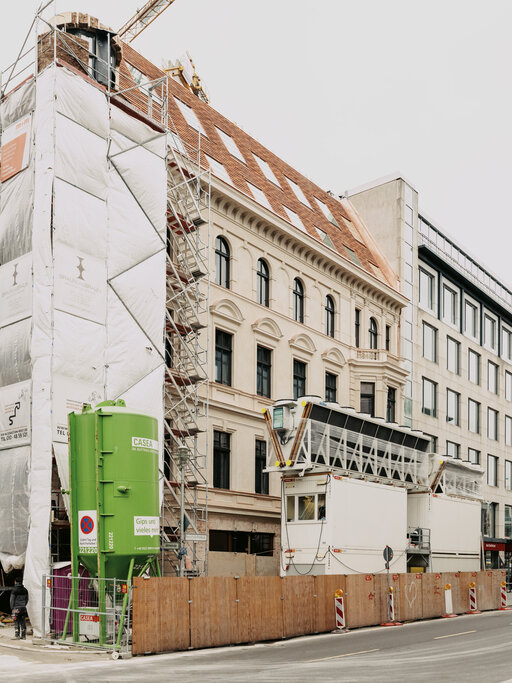
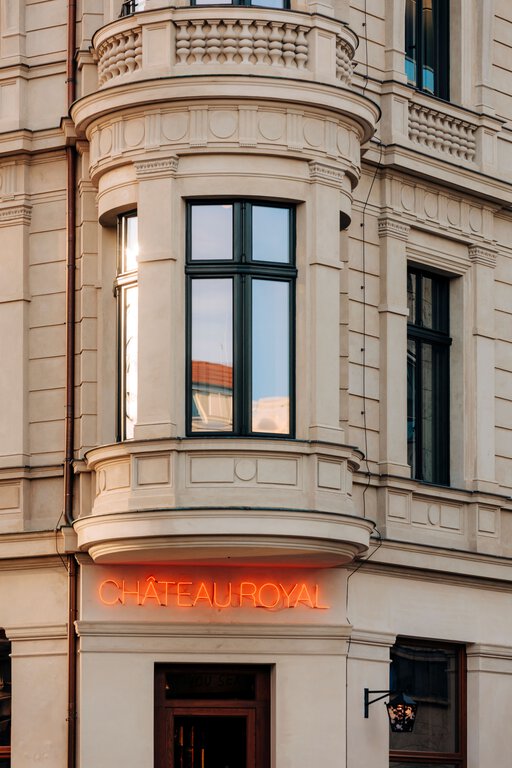
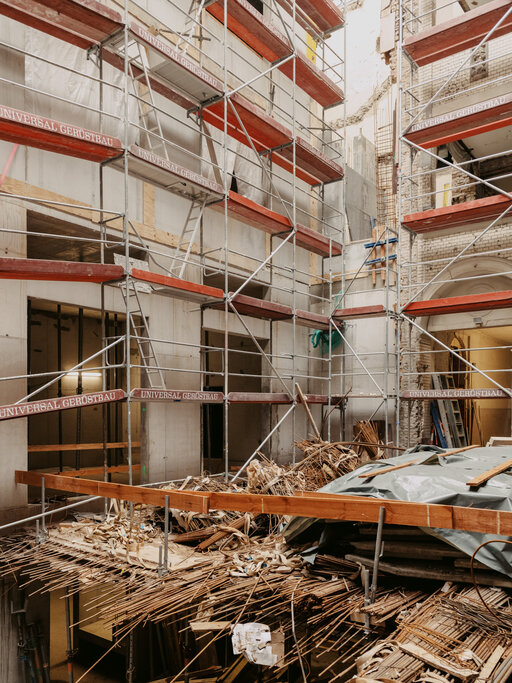

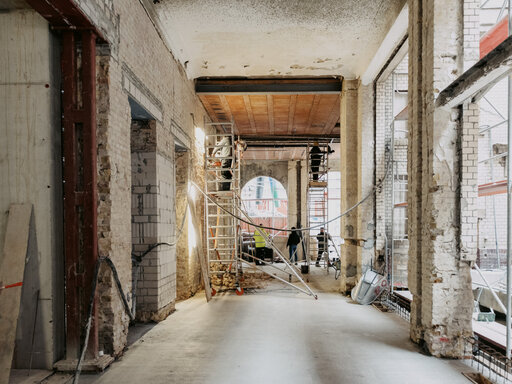
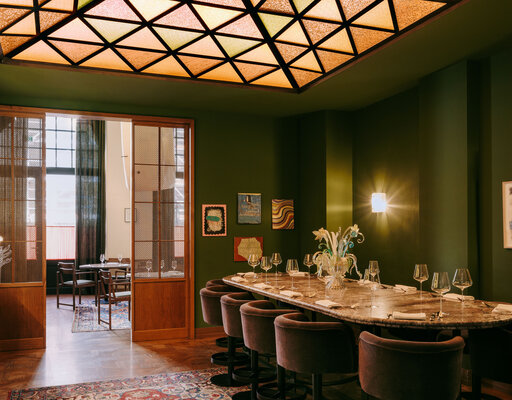
From Renovation to Today
2019 - 2022
Between 2019 and 2020, the building underwent a comprehensive renovation. A new section was added to connect the two historical parts, along with a roof extension of two additional floors designed by David Chipperfield Architects.
In September 2022, the Boutique Hotel Château Royal opened its doors.
